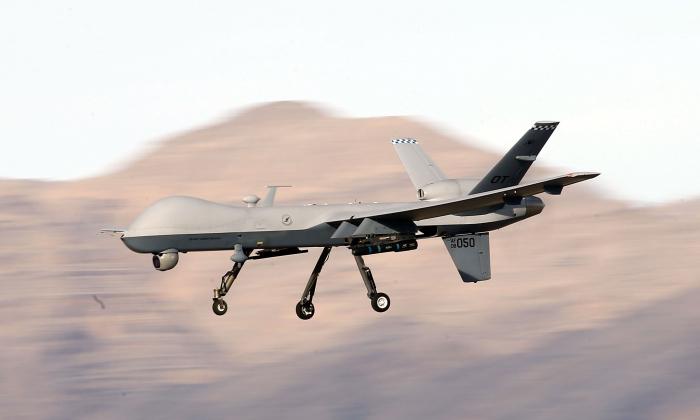Ukraine is back.
Back to plague the United States, NATO, and Europe generally with the conundrum of how to address blatant Russian aggression against Ukraine (the seizure of the Crimea) without direct, bloody confrontation with Moscow? And how to address more adroit Russian incursions of “little green men” militia and anti-Kiev militants’ territorial seizures of eastern Ukraine that are designed to destabilize Ukraine’s government and society?
Ever since Crimea’s seizure, the West has responded with its normal half and quarter measures of censure: flaccid UN condemnations, feeble sanctions, trivial nonlethal and/or “defense” military material. The result has been grinding, “reloading break” ceasefires along lines of engagement allowing the West respite to address more proximate issues such as winding down Syria’s civil war, halting Yemen’s military/humanitarian crisis, and pinning blame on whomever for killing Saudi/Washington Post journalist Jamal Khashoggi.
Somewhat Murky Circumstances
As usually is the case in Ukraine-Russia contretemps, there are “he said; he said” elements. The Kerch Strait is the Black Sea’s only entrance to the Azov Sea and provides the only access to two highly important Ukrainian ports (Mariupol and Berdiansk). Ukraine claims access to the Strait and Azov Sea under the 1982 Law of the Sea Convention and, subsequently, a bilateral Ukraine-Russia agreement for shared access.Since seizing Crimea, however, Moscow has demanded inspection rights to for all vessels heading through the Strait. Hence, the Nov. 25 encounter in which Moscow claims Ukraine provocatively violated Russian waters and rejected escort. Ukraine claims its vessels were in international waters, announced their presence, and, subsequently, to prove its case, provided geolocations for its vessels.
Fibrillating Responses
Ukrainian President Petro Poroshenko called for international intervention. He initially urged NATO vessels sail the Azov Sea but, subsequently, requested NATO buildup in the Black Sea.Then on Nov. 28, Poroshenko declared martial law for one month; banned entry of Russian males of military age from entering Ukraine (no more “little green men” militias); and on Dec. 3 mobilized reservists, ostensibly to counter threat of Russian invasion.
To a degree these actions are Poroshenko posturing. He faces re-election in March with approval ratings reportedly in single digits. High decibel “rally-round-the-flag” rhetoric may be designed to boost popularity.
Certainly, Poroshenko wants NATO to pull Ukraine’s chestnuts out of the fire. It is disconcerting to an outside observer that Ukrainian naval vessels didn’t resist, but simply rolled over to Russian aggression. If they had been no larger than rowboats, they should have resisted ferociously—if only to demonstrate Ukrainians are not craven.
International reaction has been predictably inconsequential. A Nov. 26 UN Security Council emergency session remonstrated with Moscow. Ambassador Nikki Haley vigorously criticized Russian action as an “outrageous violation.” NATO also urged “restraint and de-escalation.”
More substantively, on Nov. 29, President Trump cancelled a meeting with Russian President Putin scheduled for the sidelines of the G-20 summit in Buenos Aires. Brushing off charges the cancellation connected with ongoing investigations of Russian interference in the 2016 presidential election, Trump said Russian aggression against Ukraine was “the sole reason” for cancellation.
But Questions Remain
Essentially, why here and why now? What is Putin’s objective in shaking the Ukraine box? And how should the West react?It is, however, feckless to attempt to divine Putin’s motives and objectives. He marches to his own drummer, deciding to be disrupter or conciliator at choice.
- Provide Serious Weaponry/Training. Ukraine is potentially a military power; it has the second largest military in Europe, save only Russia. It can hold its own against attack given higher intensity Western military support. Simultaneously, such support will reassure twitchy NATO Baltic members that the Alliance is not ignoring Russian revanchism.
- Intensify International Support. Ukraine needs greater economic and political support from NATO, EU, and other European organizations. The United States should lead this effort, assuring Ukraine that it doesn’t stand alone. The March presidential election will probably be Russia’s next challenge with potential interference and concurrent questions whether the process was “free and fair.”





